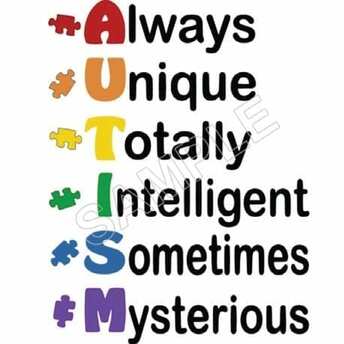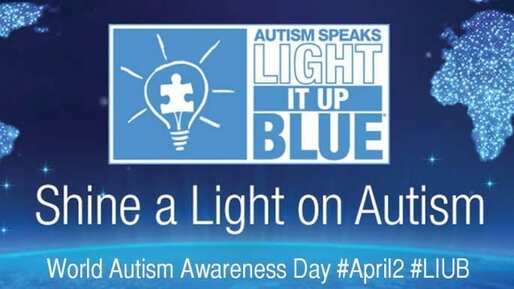Tags: Autism. Children’s. Adults. Symptoms. Neurological. Possible causes.
AUTISM- A BLUE MONTH
Researchers estimate that autism affects over twenty-five million people throughout the world and in developed countries, 1.5% of children had been diagnosed with ASD as of 2017, this figure more than doubling since the year 2000.
It is known to occur four or five times more often in boys than in girls and whilst the number of people diagnosed has increased dramatically since 1960, it is thought that this could be attributed to changes in diagnostic practices.
Autism is a developmental disorder which is can result in troubles with communication and social interaction, as well as restricted and repetitive behaviour and the signs can become apparent in the first few years of a child’s life and often develop gradually although some children with autism will reach their developmental milestones at a normal pace and then worsen.
The disorder is caused by a combination of genetic and environmental factors and the risk factors are known to include certain infections such as rubella during pregnancy as well as valproic acid.
The use of alcohol or cocaine during pregnancy is also considered to be a major risk factor. The disorder affects the information in the brain by altering how nerve cells connect and organise although exactly how this occurs is not yet completely understood. It is included within the autism spectrum along with the less severe Asperger syndrome and pervasive developmental disorders not otherwise specified.
Although there is no known cure, early speech or behaviour intervention can often help children with autism gain social and communication skills and not many children with autism live independently after reaching adulthood, there have been cases in which children have recovered from the condition.
Over time, an autism culture has developed with some people seeking a cure and others believing that autism should be accepted as a difference and not treated as a disorder. April is Autism Awareness Month with Autism Awareness Day having already been celebrated on April 2nd and Autism Queensland’s “Go Blue for Autism” campaign, which continues until month’s end, is when supporters are asked to help raise awareness and funds as a way of assisting them to provide support for people and their families who are living with ASD.

This can be achieved in a number of ways which include holding an event, attending one that is being held within their local community or making a purchase from the great range of merchandise that is available from their online shop.
All funds that are raised through the “Go Blue for Autism” campaign in 2018 will be used to help Autism Queensland to provide education, therapy and support services for children and adults who are living with autism.
For more information about Autism Queensland, you can pay a visit to the website which is www.autismqld.com.au and to find out about “Go Blue for Autism,” you can email donations@ autismqld.com.au or make a call to (07) 3273 0035.
Other Articles
https://thebribieislander.com.au/the-sensory-movie-day-group-aspergers-autism/
https://thebribieislander.com.au/obsessive-compulsive-disorder-obsessive-compulsive-personality-disorder/
